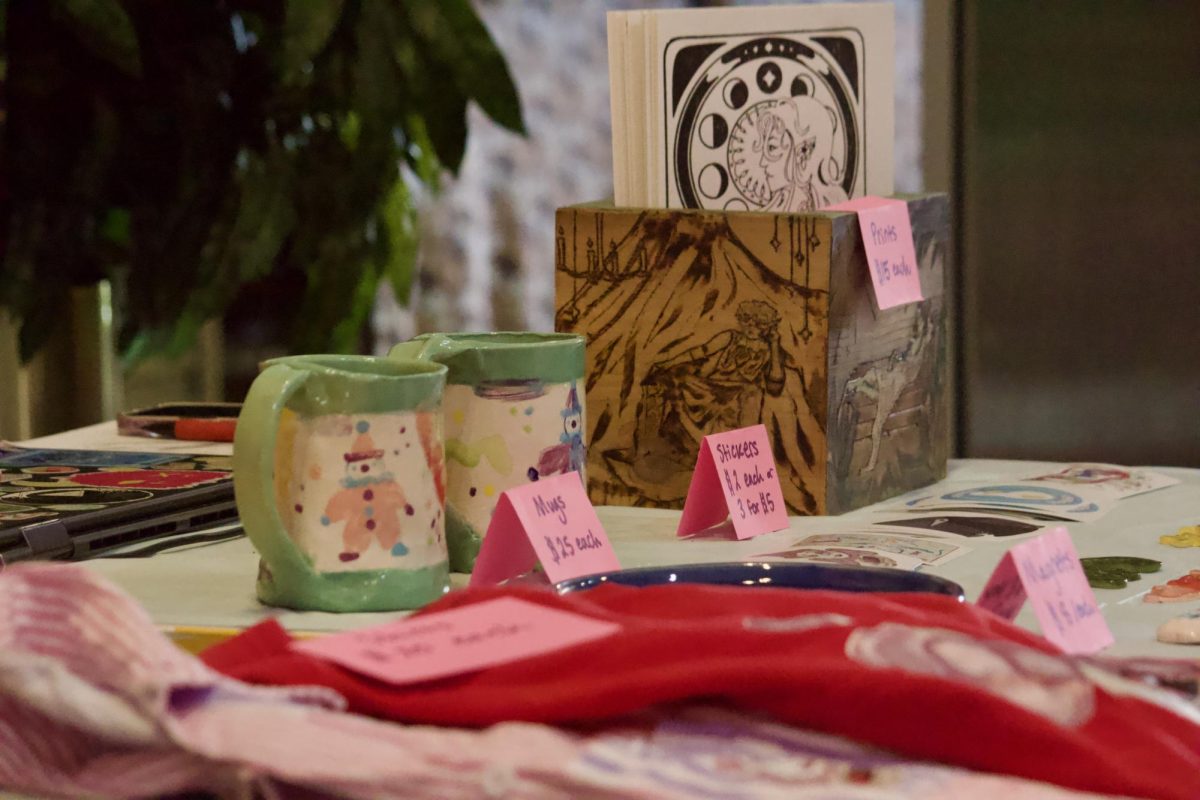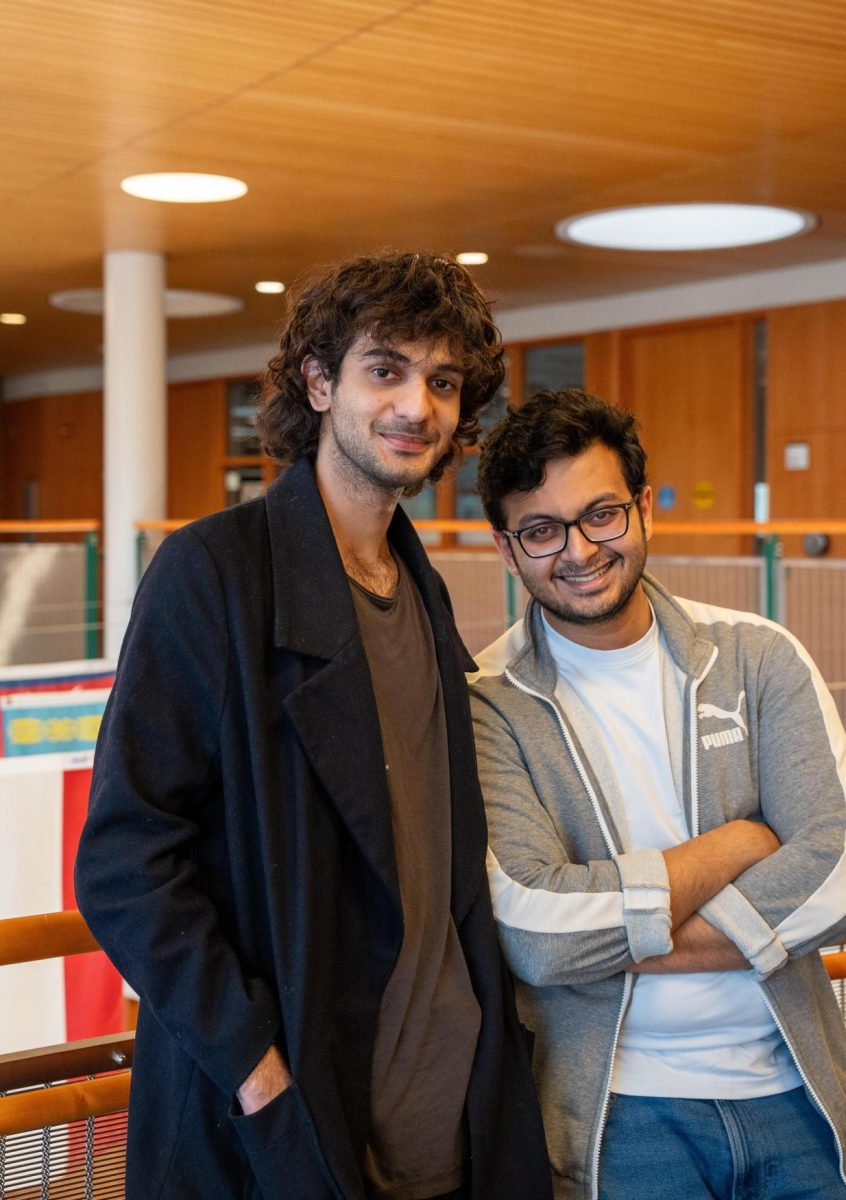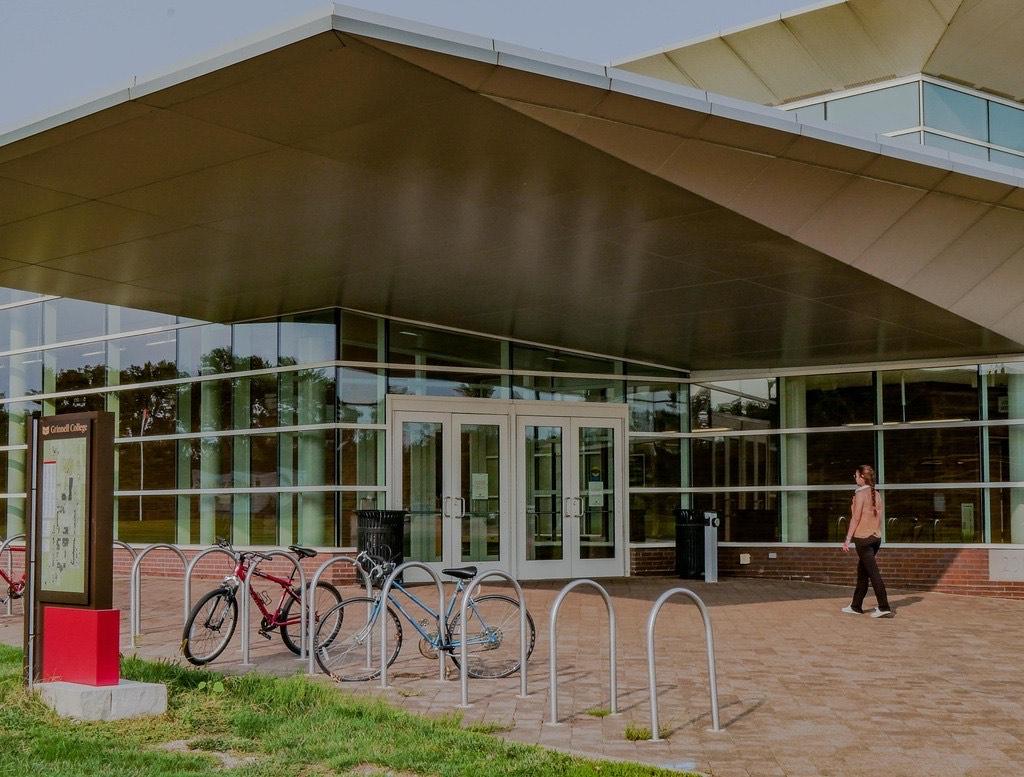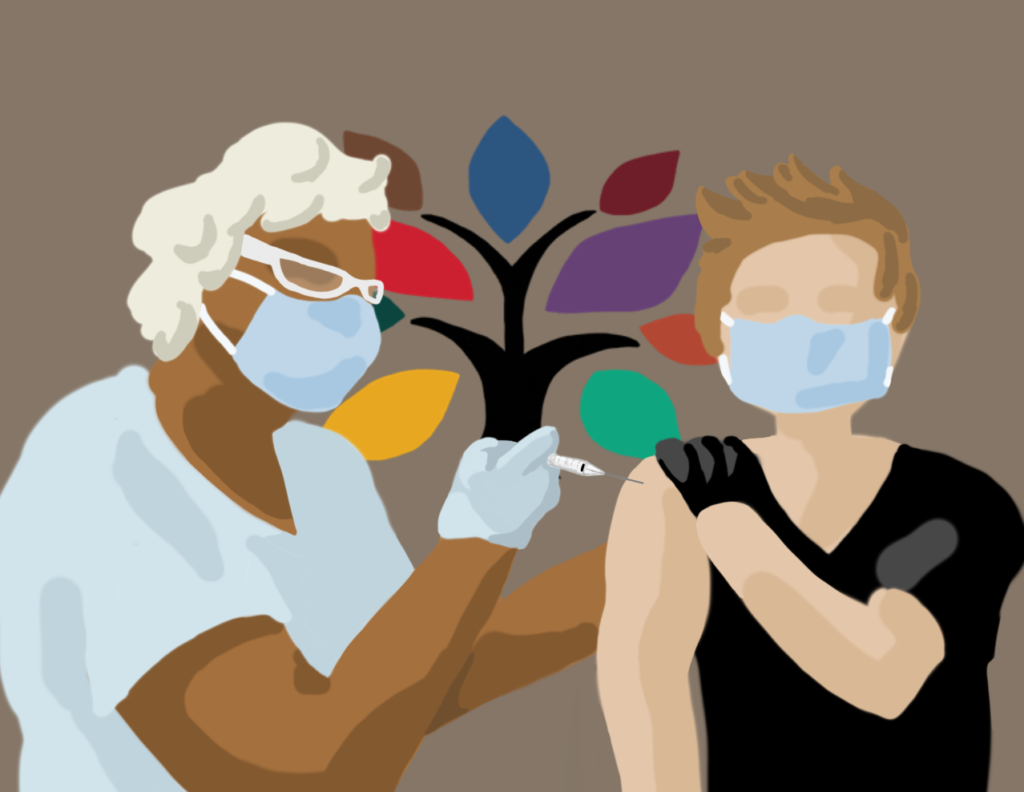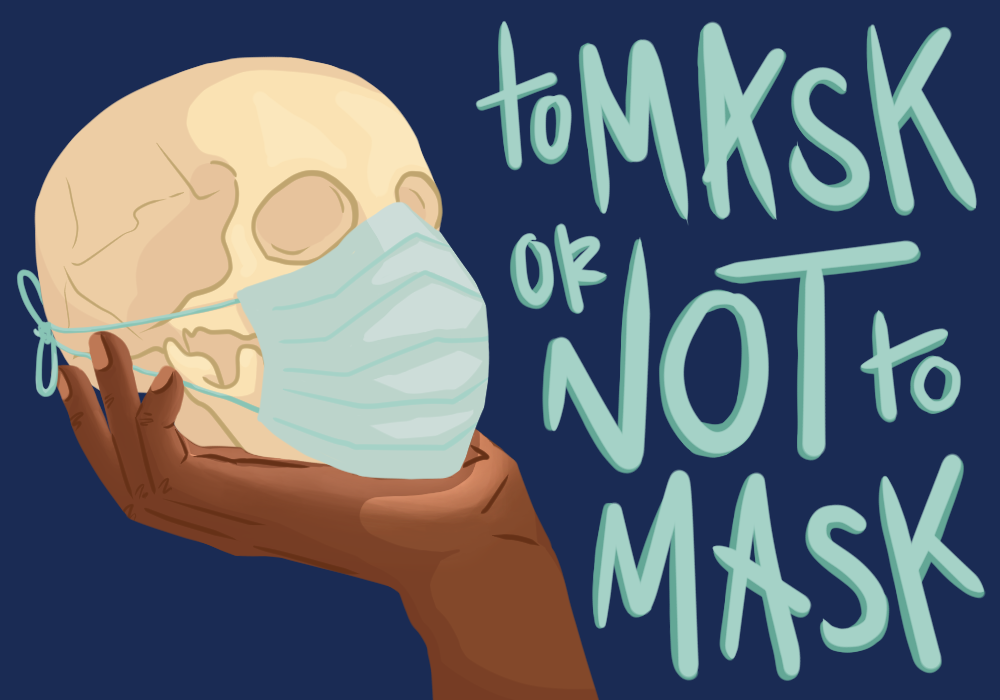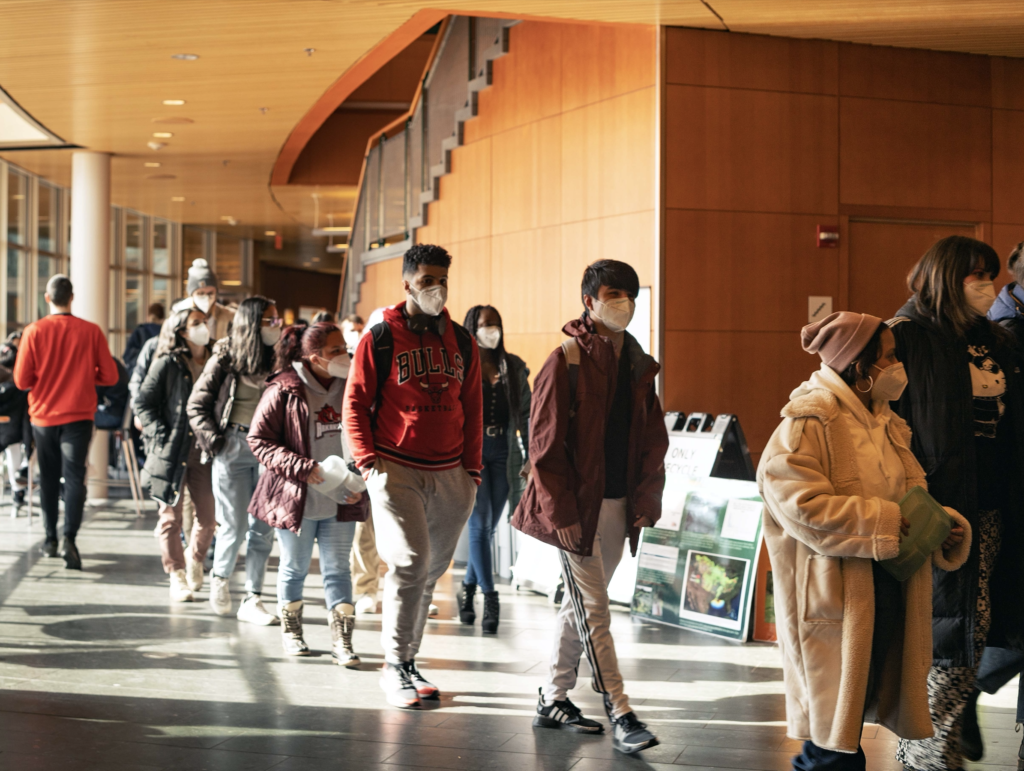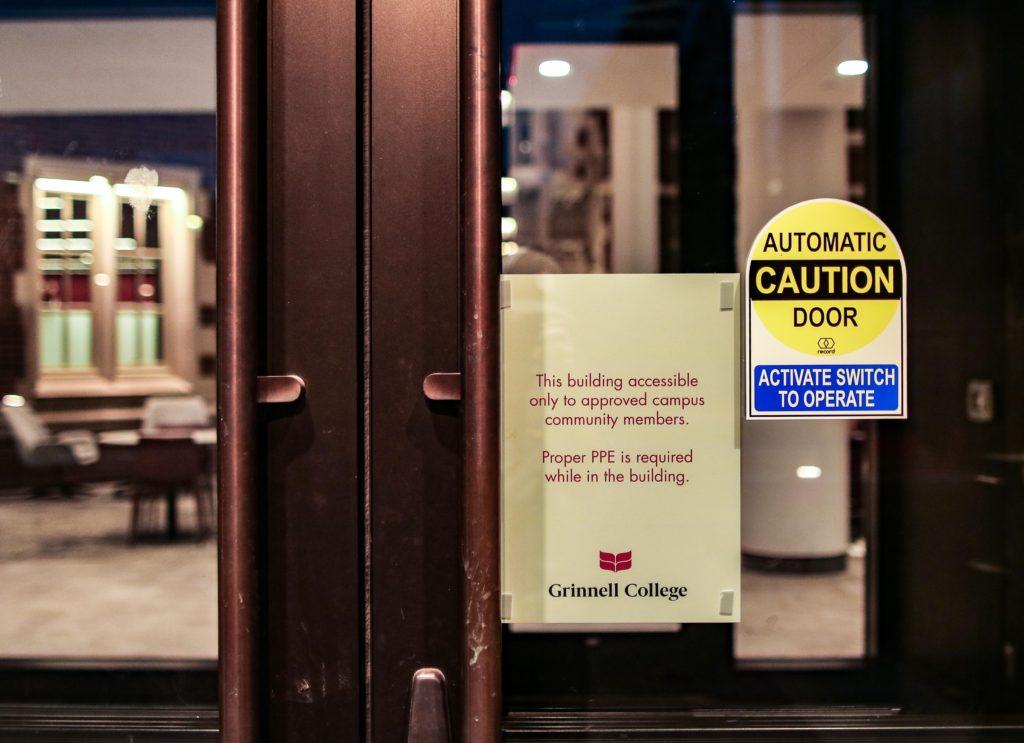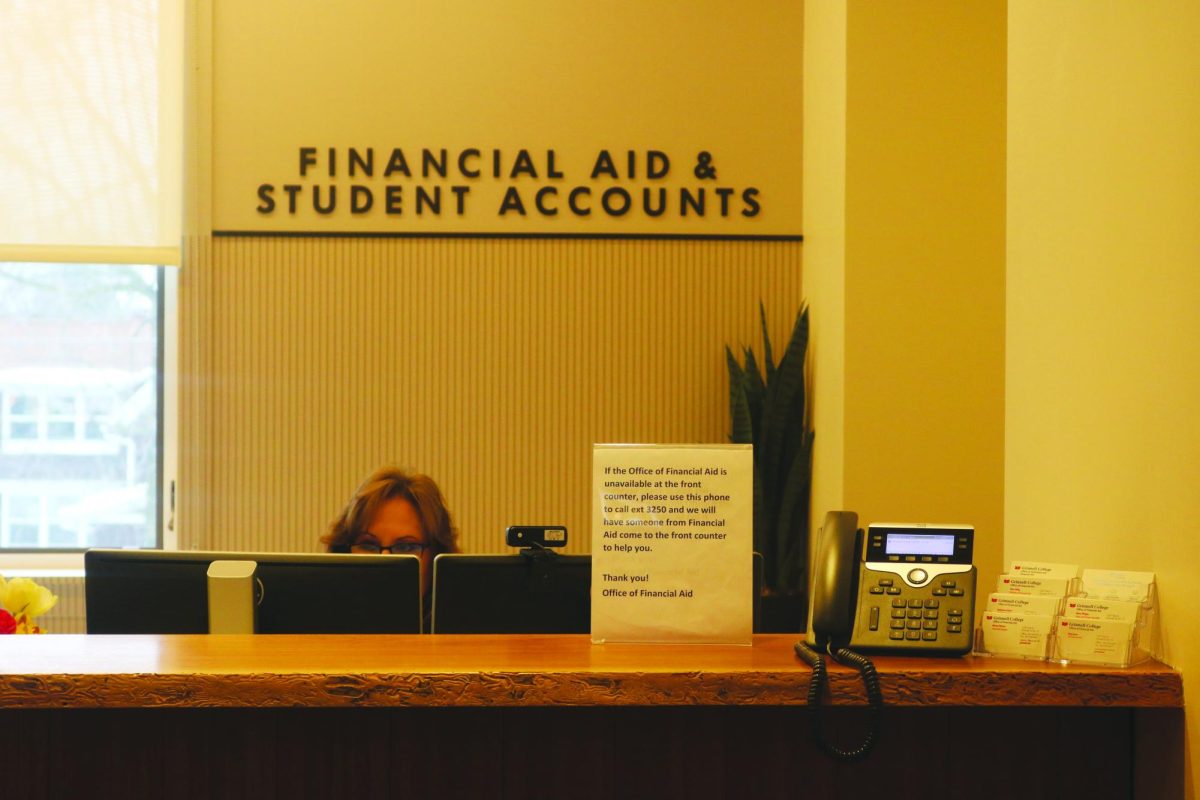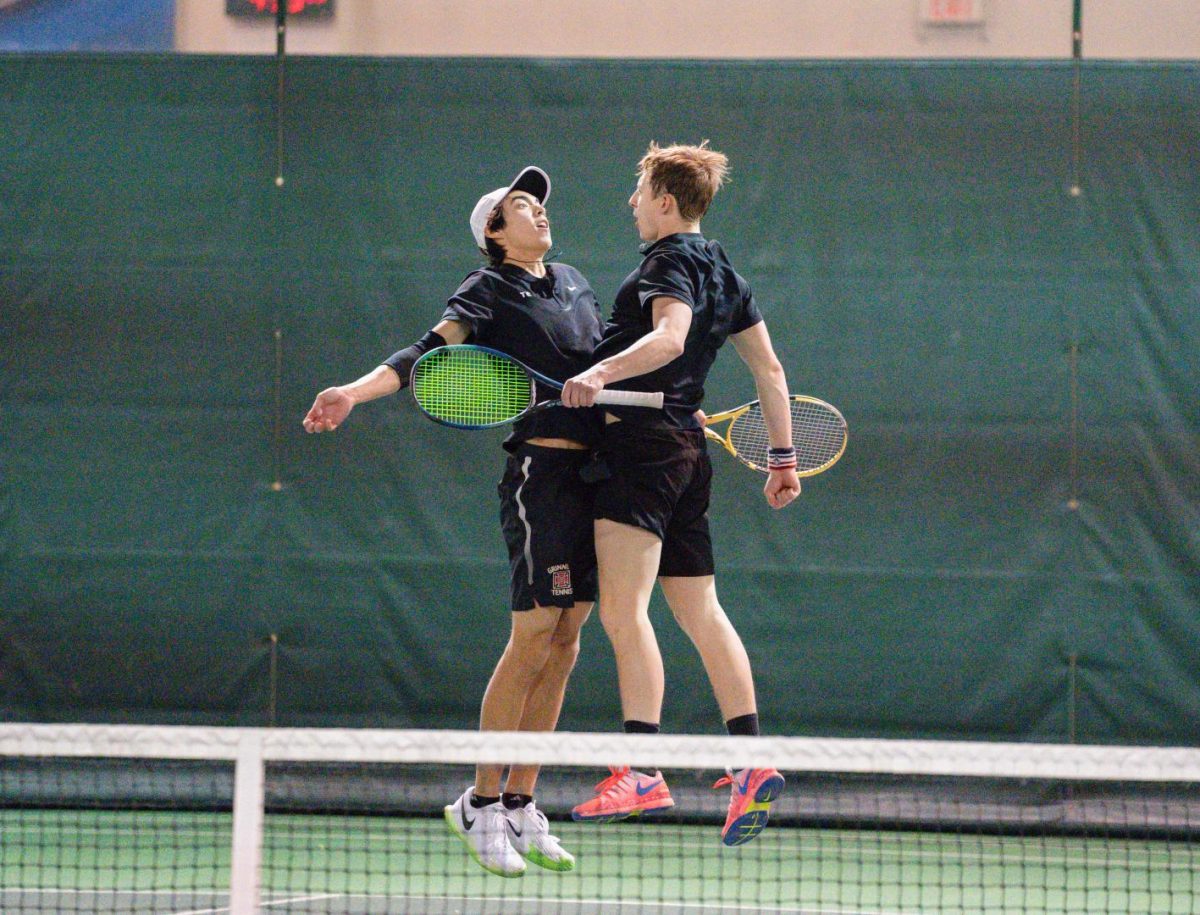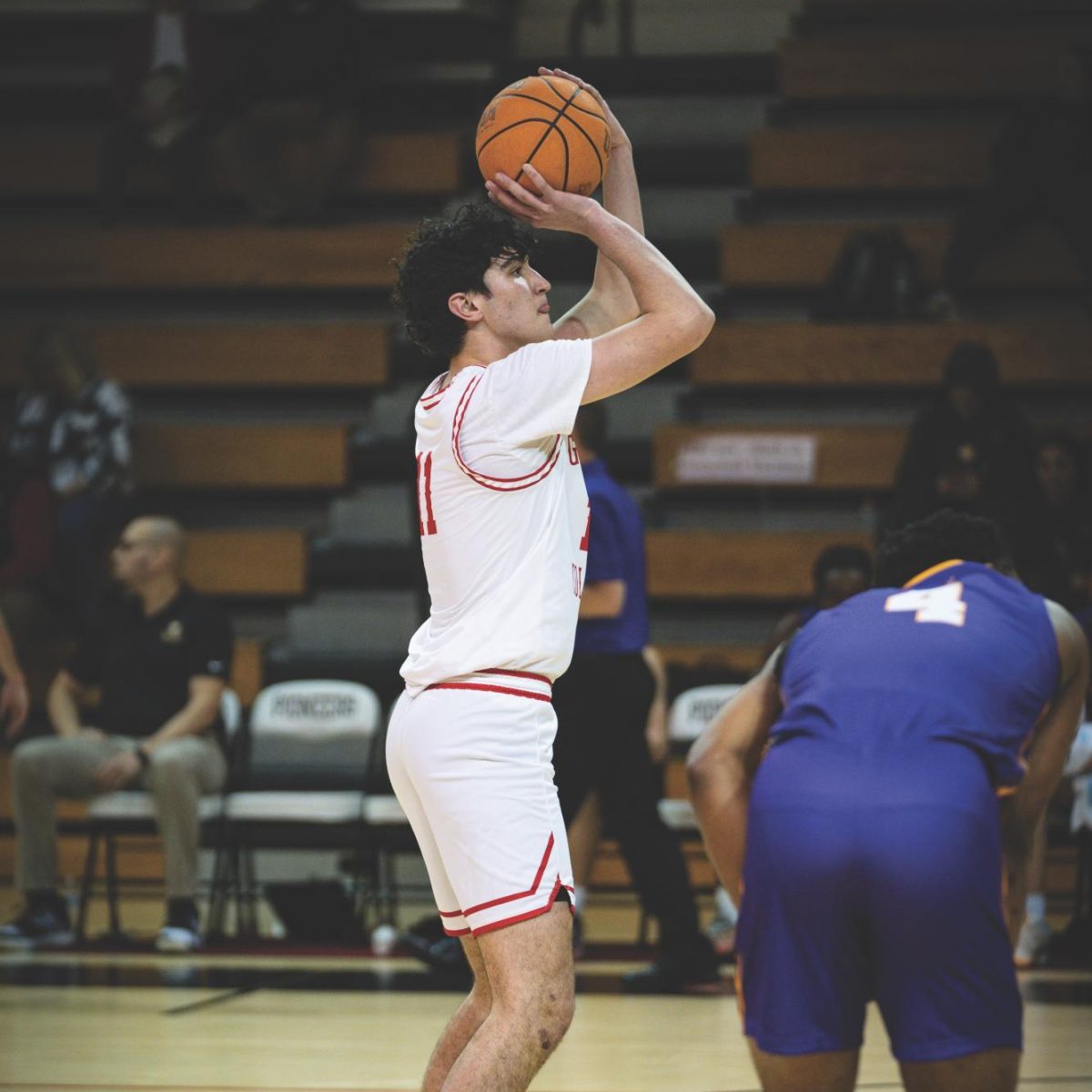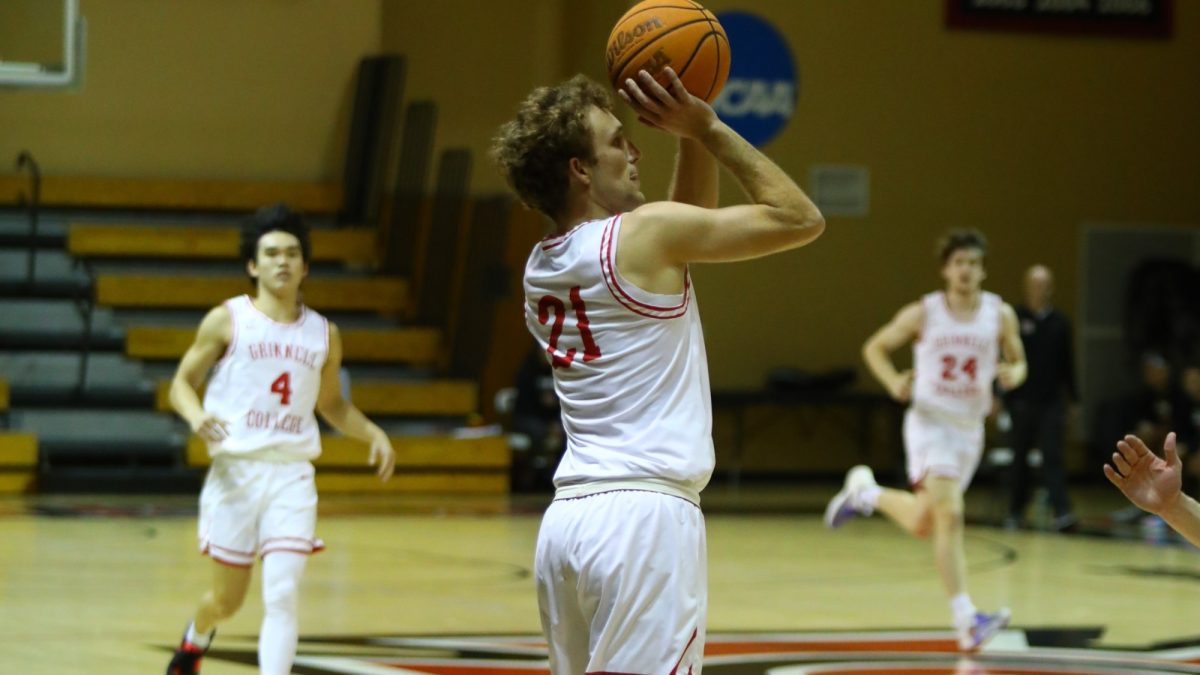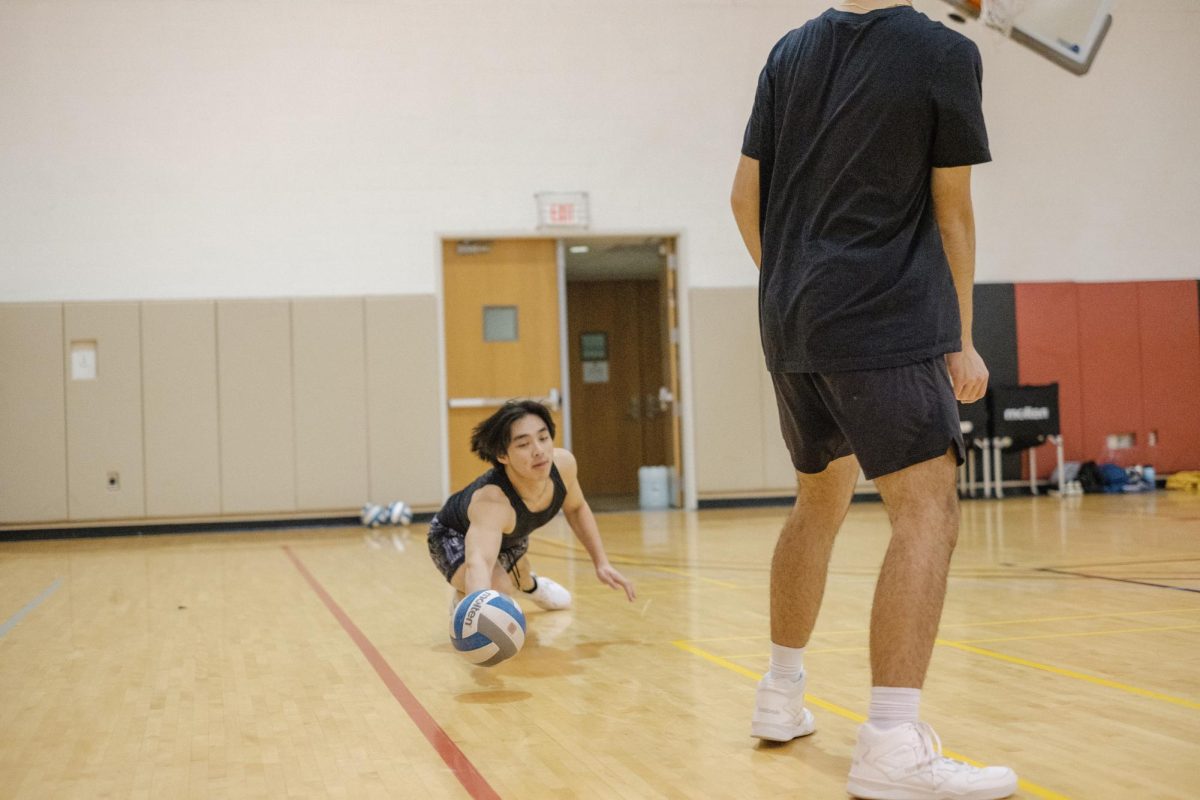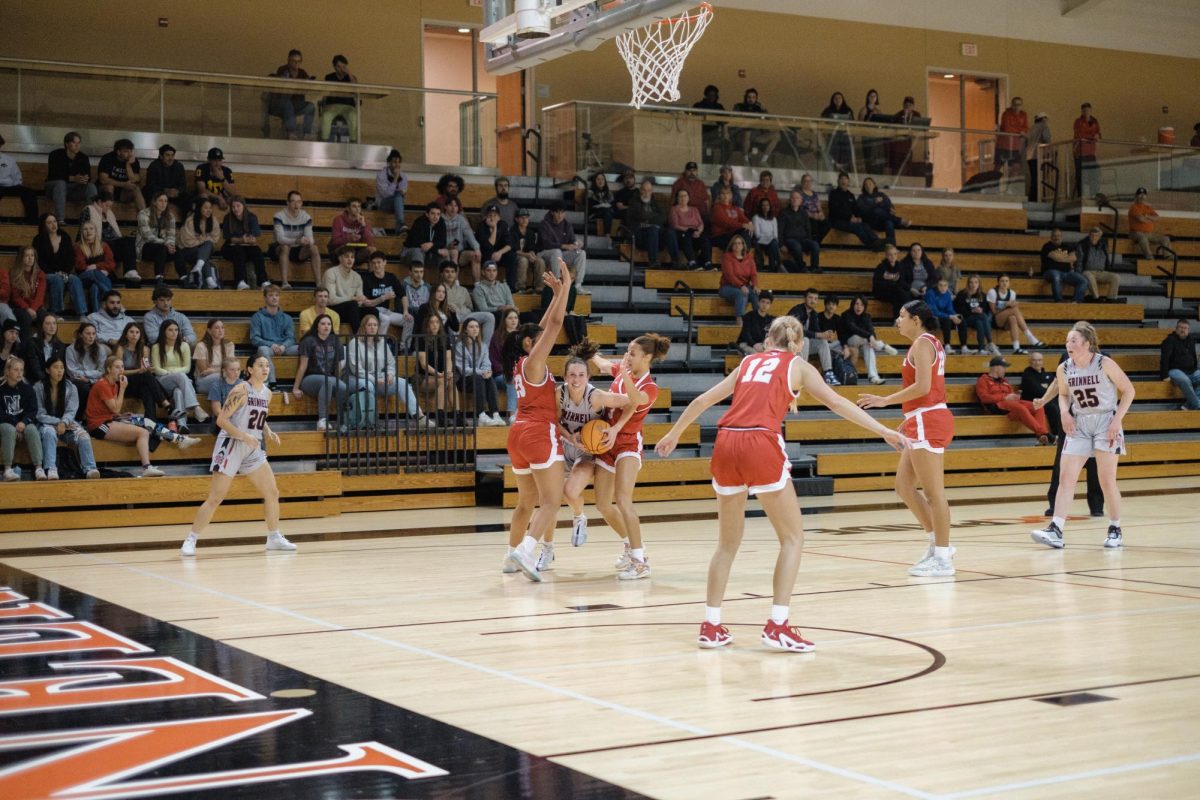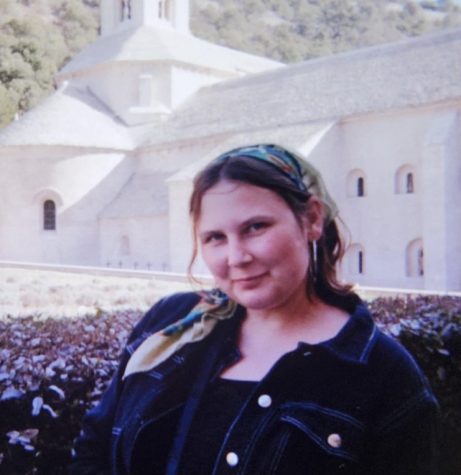On the morning of June 16, the Bear Recreation and Athletic Center opened in a limited capacity to students for the first time since its closing in late March due to the outbreak of COVID-19. Andy Hamilton, director of athletics and recreation, and Ben Cooprider, assistant athletic director, spoke with The S&B to share specifics about the Bear’s reopening.
The fieldhouse and the pool are the only accessible facilities. The courts, fitness center and locker rooms will remain closed. To provide a more varied workout experience, a range of equipment has been brought from the fitness center to the fieldhouse, including an elliptical, Stairmaster, rowing machine and free weights, as well as some yoga mats and plyo balls.
The fieldhouse and pool have revised hours to allow for proper sanitation and maintenance. The pool is open from 7:00 a.m. to 9:00 a.m. and 11:00 a.m. to 1:00 p.m. Monday through Friday and 10:00 to 2:00 p.m. on Saturday. The fieldhouse has the same hours with additional evening hours between 4:00 p.m. and 7:00 p.m. on Friday and 3:00 to 6:00 p.m. on Saturday.
Both the pool and fieldhouse have capacity limits to lower the risk of students coming into contact with each other. The pool has 10 lanes, one student per lane. The fieldhouse has a capacity of 15 students working out at one time.
The athletic department has put a reservation system in place through the program 25Live, which students can use to request time slots that fit in the open hours designated above. It is expected that once a student reserves time through 25Live they work out for the entire reserved time slot in the interest of protecting accessibility for their fellow students.
Only those students who are approved to live on or off campus for F1 currently have access to the Bear facilities. This admittance is controlled through P-Card access and monitors will be working within the building to ensure those who are admitted are approved to be there and have reserved time through 25Live.
Cooprider said that the reason for heightened attention to those admitted into the Bear is two-fold. “First and foremost,” he said, “it’s to do with [knowing] who is in the building, and when and where, [so] if there is a positive case [of COVID-19], we have some ability to contact trace.” Secondly, the reservation system ensures equity of access to the facilities for all approved students.
Several health-related safety precautions have been implemented, including a rule that all students in the pool and fieldhouse must wear a mask. As Hamilton put it, “they will wear their mask to the lane, do their swim, get out, mask up.” Those working out in the fieldhouse must keep their mask on at all times.
Students are also being asked to wear their exercise clothes into the facility and leave through the nearest exit without changing their clothes to reduce the chance of spreading the virus throughout the building and to cut locker rooms out of the equation entirely.
Student workers will be stationed throughout the fieldhouse and pool to sanitize equipment after each usage and do a full wipe down of the entire facility after each block of open hours.
When asked whether more of the Bear’s facilities will be opened in the coming weeks, Hamilton shared that other spaces have been submitted to the Grinnell Administration’s Proposal Review Committee but that they are still under evaluation. “We’re kind of using the first couple of weeks as a normalization period. So we can normalize public health and see how things are going,” he said.
Cooprider added that it’s unlikely any other athletic facilities would be opened before the end of F1, but it is possible that access to currently open facilities may be extended to unapproved students living off campus as well as faculty and staff in the near future.








